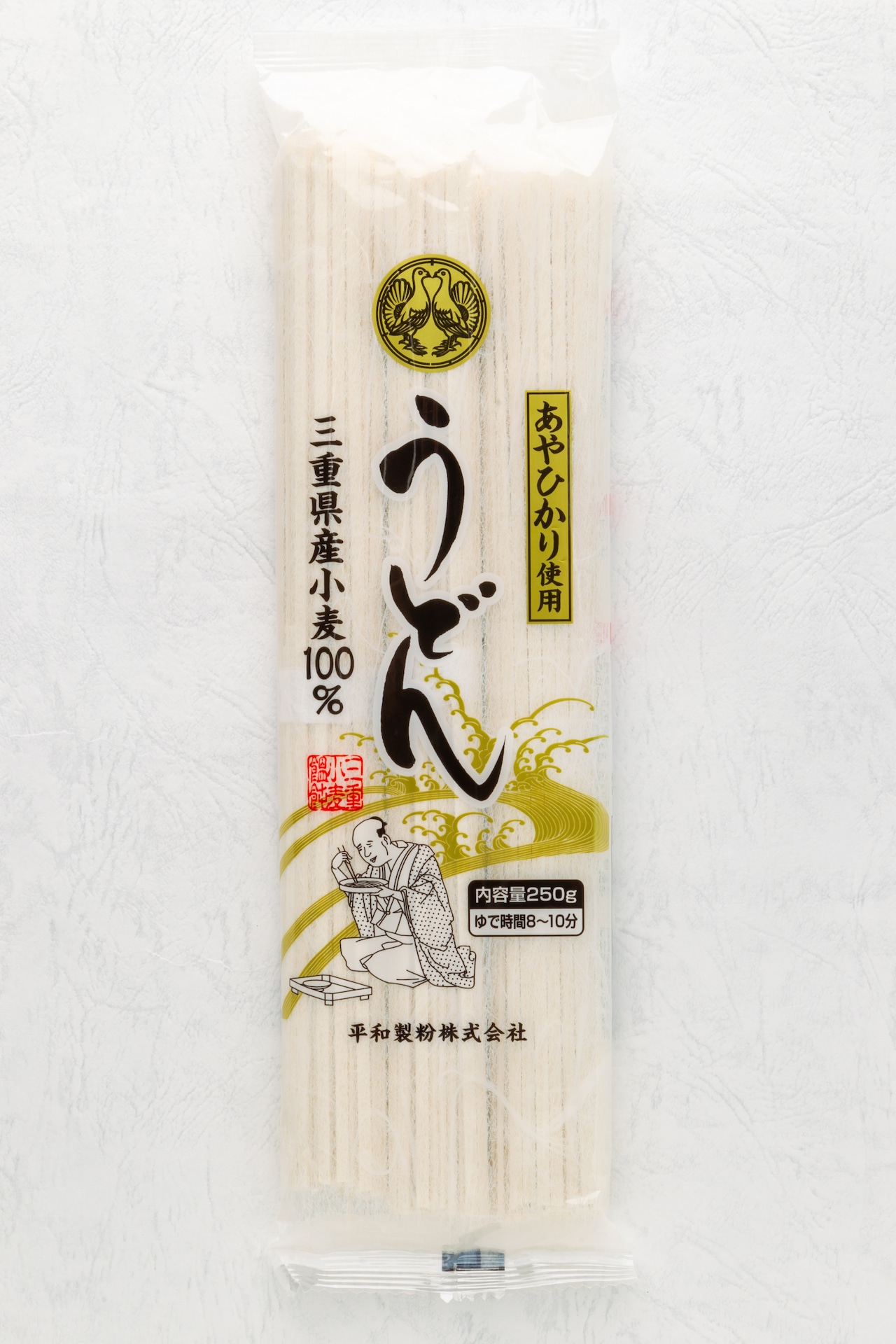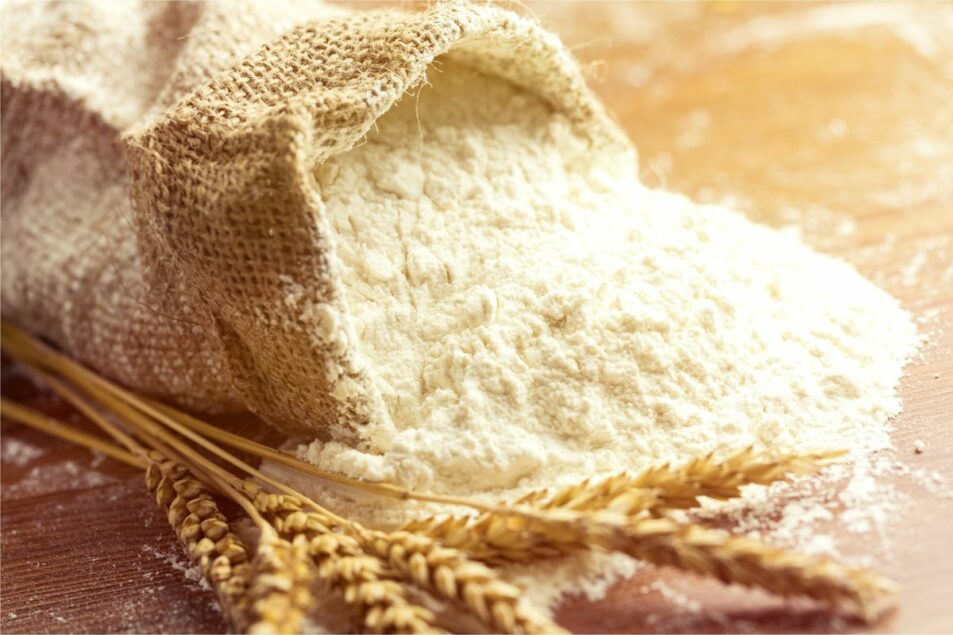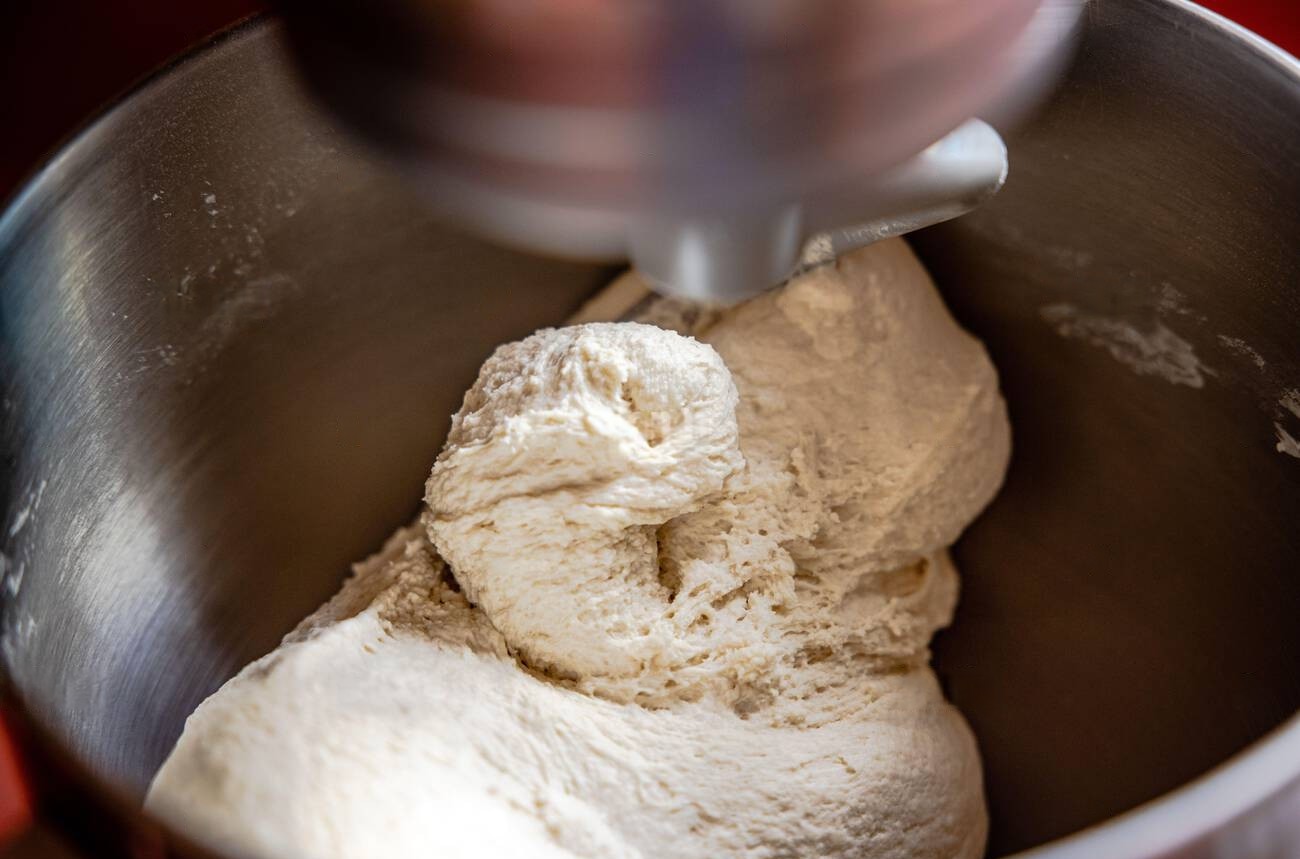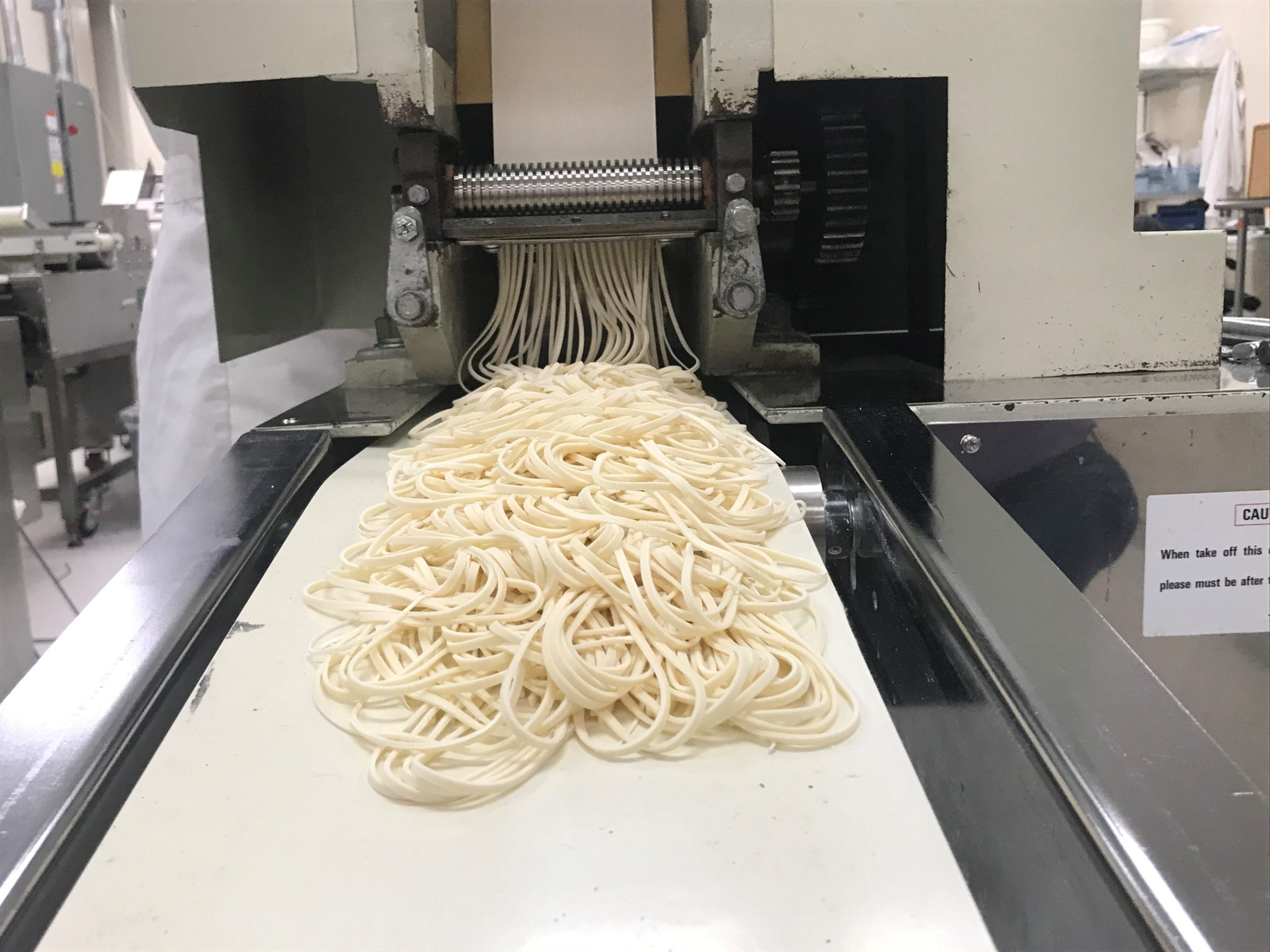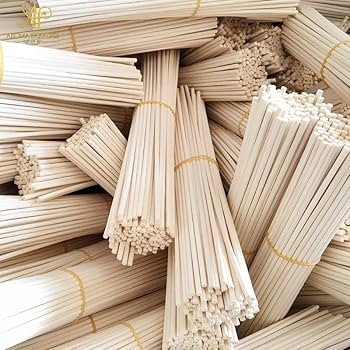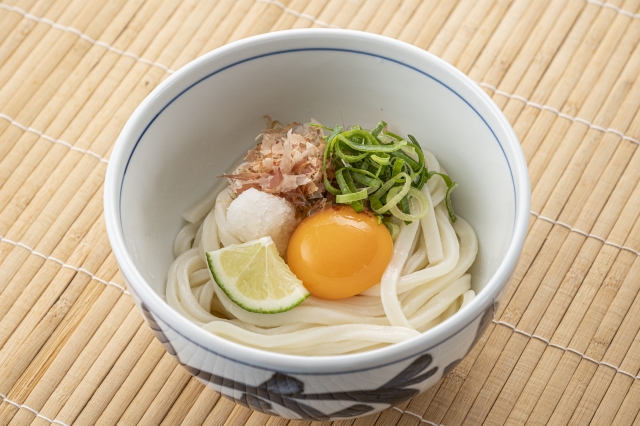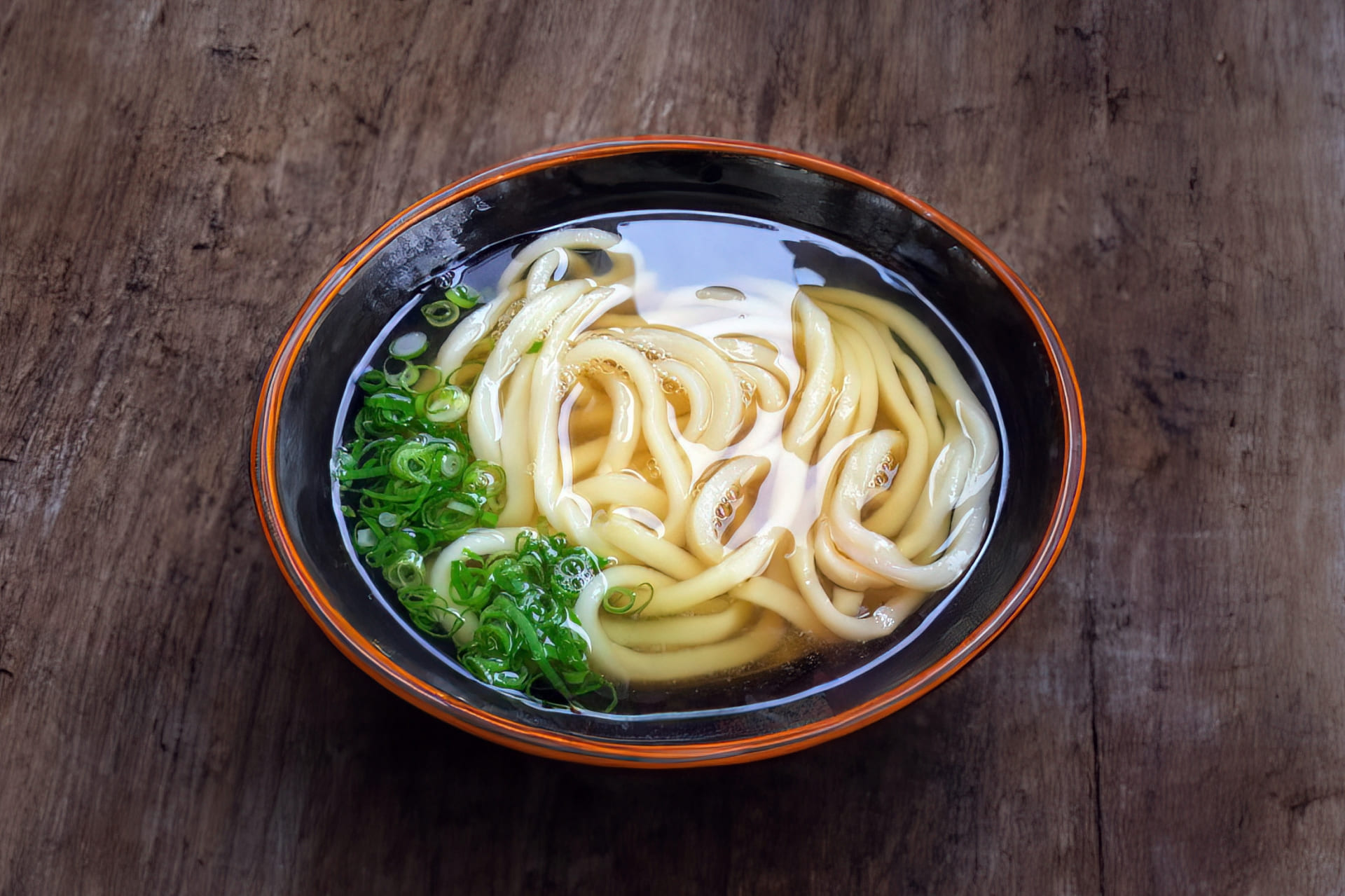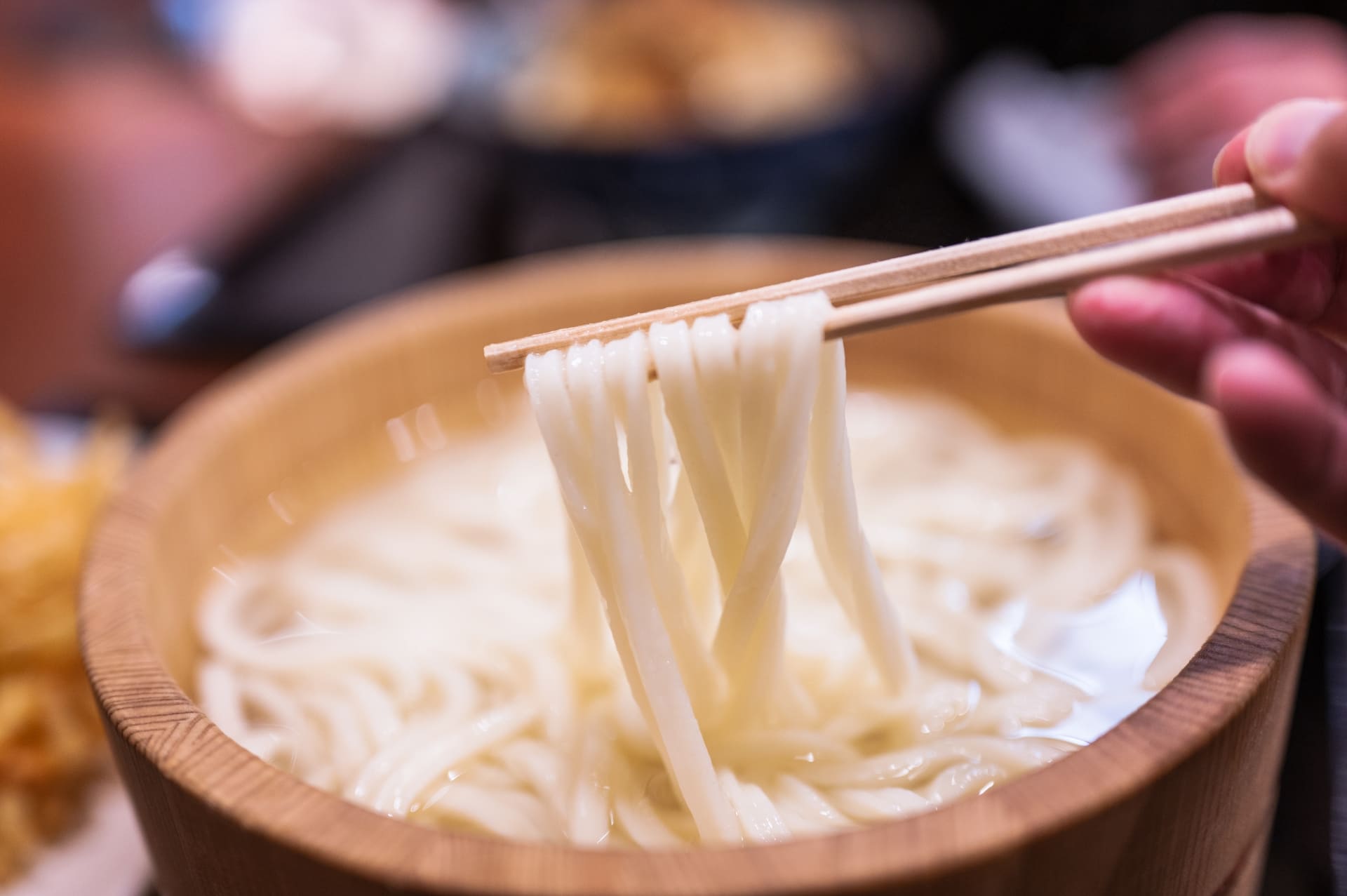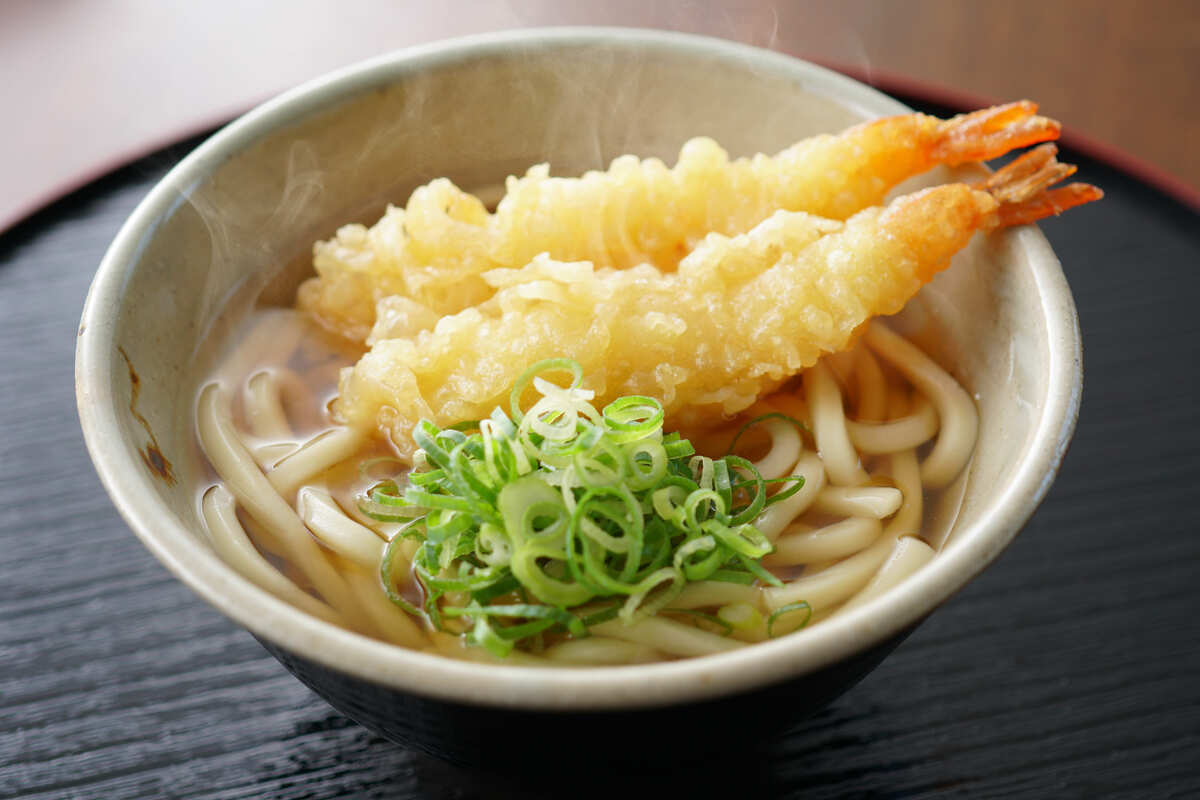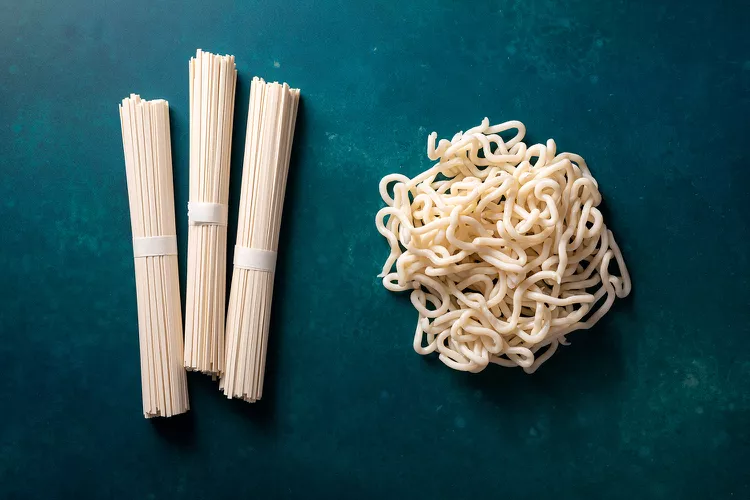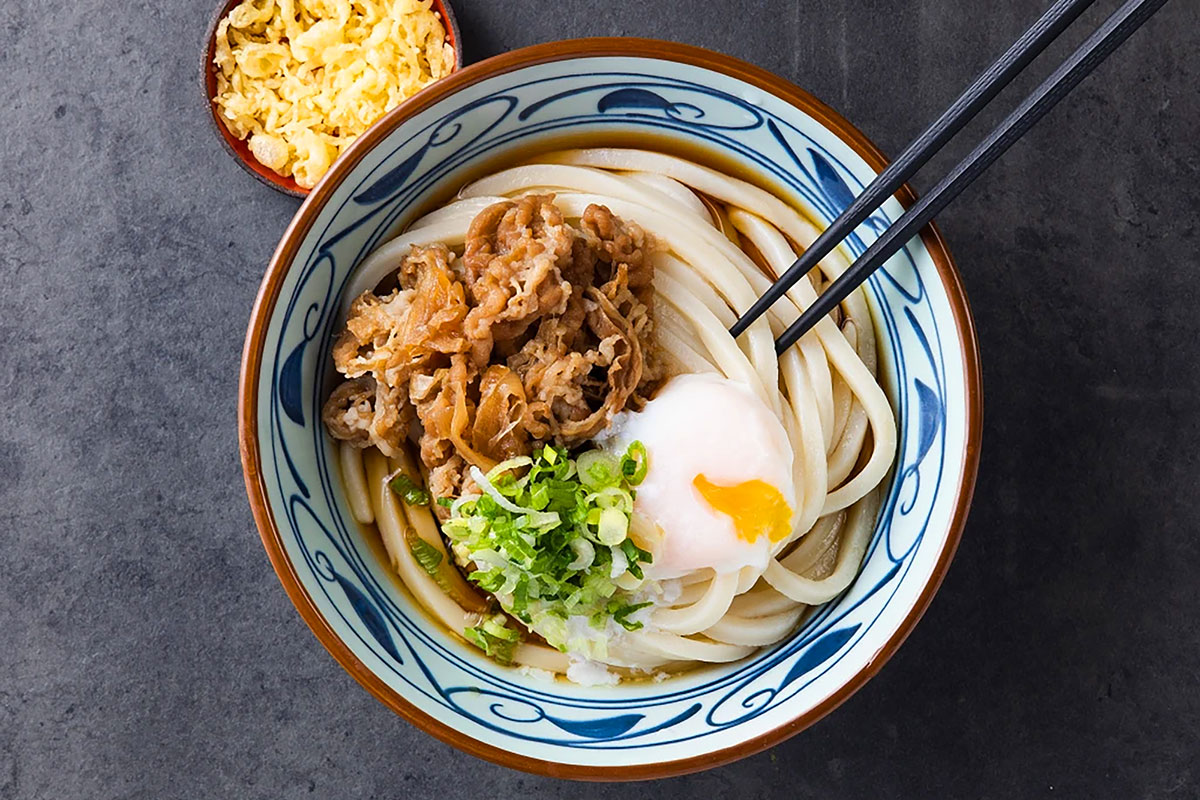ABOUT: UDON NOODLES
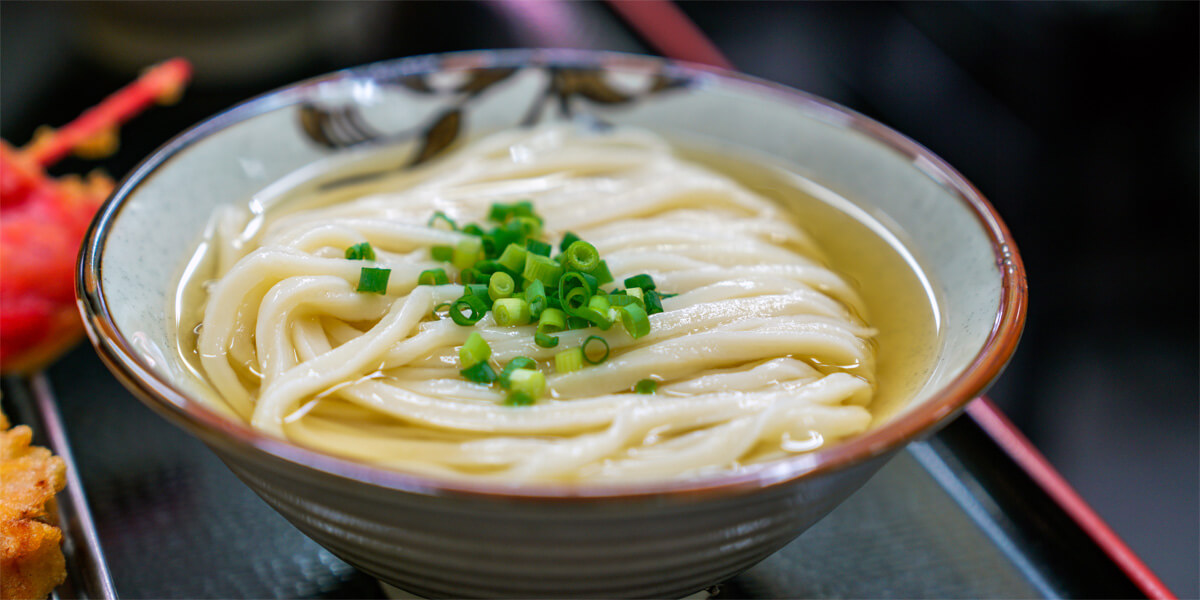
Udon is a type of thick noodle from Japan that is typically made from wheat flour. It is frequently served in soups with a variety of broths and toppings or served in a simple, clear broth with a sprinkle of spring onions. Udon can also be served cold in the summertime with a dipping sauce, chilled broth, or as a salad.Udon noodles are boiled in water before serving and can be used directly from the package. They are frequently used in soups like kake udon, a simple dish of noodles and broth, or in more flavorful soups with curry or red miso broth. Tempura or fried tofuand shrimp are popular toppings, as well as egg and a variety of meat and vegetables. Udon can about be stir-fried with sauce or served cold with a dipping sauce.Udon is a thick Japanese strand noodle that can range in size, shape, and ingredients, but is most often served in soup. The majority of udon noodles are made from wheat flour, with a few regional variations using potato starch or incorporating carrot for an orange color Udon is often thick and round or square, but can also be flat and ribbon-like. It is available fresh and dried and is boiled before eating, producing pleasantly slippery and chewy noodles.
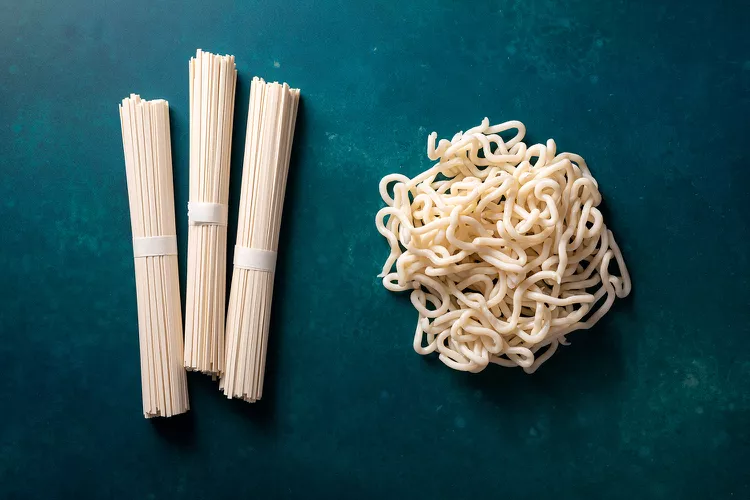
OUR PRODUCT
BENEFITS
Good Source of Carbohydrates:
Udon noodles are rich in carbohydrates, which provide a steady source of energy. Carbs are the body’s main fuel source, and consuming them helps maintain energy levels throughout the day. This makes udon a great meal for physical activity or long-lasting energy.
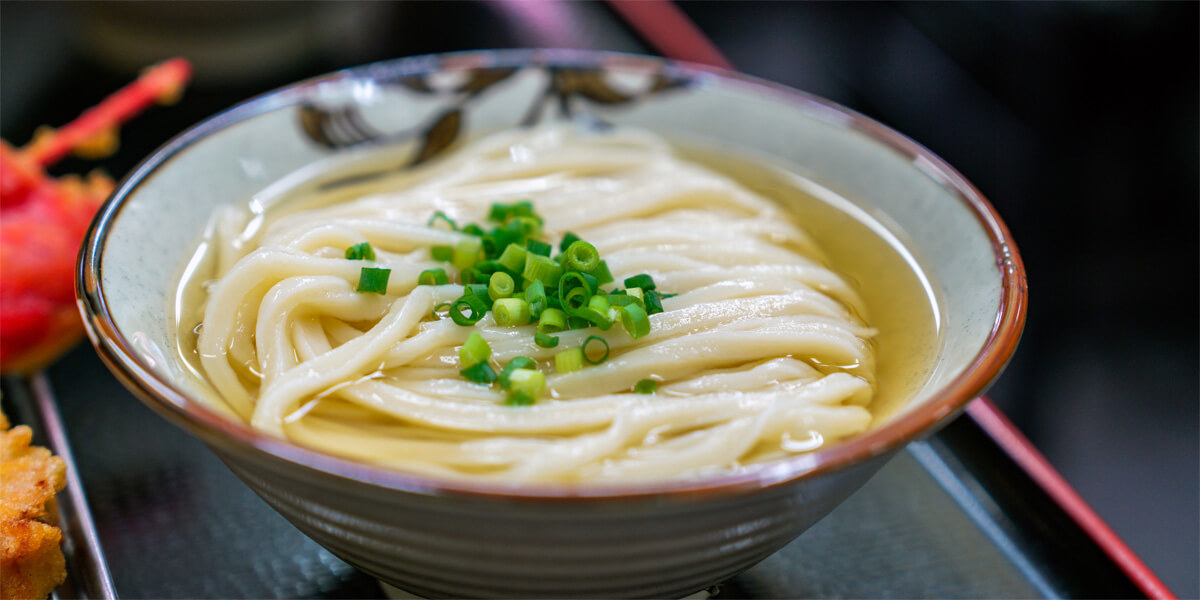
Low in Fat:
Udon noodles themselves are relatively low in fat, especially when compared to other types of noodles or fried foods. This makes them a healthier option for those looking to control their fat intake while still enjoying a satisfying meal.
Customizable to Your Nutritional Needs:
Udon can be easily modified to meet your dietary needs. By adding various vegetables, proteins, and broths, you can make the dish more nutritious and balanced. For instance, adding protein-rich ingredients like chicken, tofu, or seafood can turn udon into a more filling and well-rounded meal. Additionally, the type of broth used can also enhance the nutritional content. A broth made with dashi or miso adds beneficial minerals and umami...






